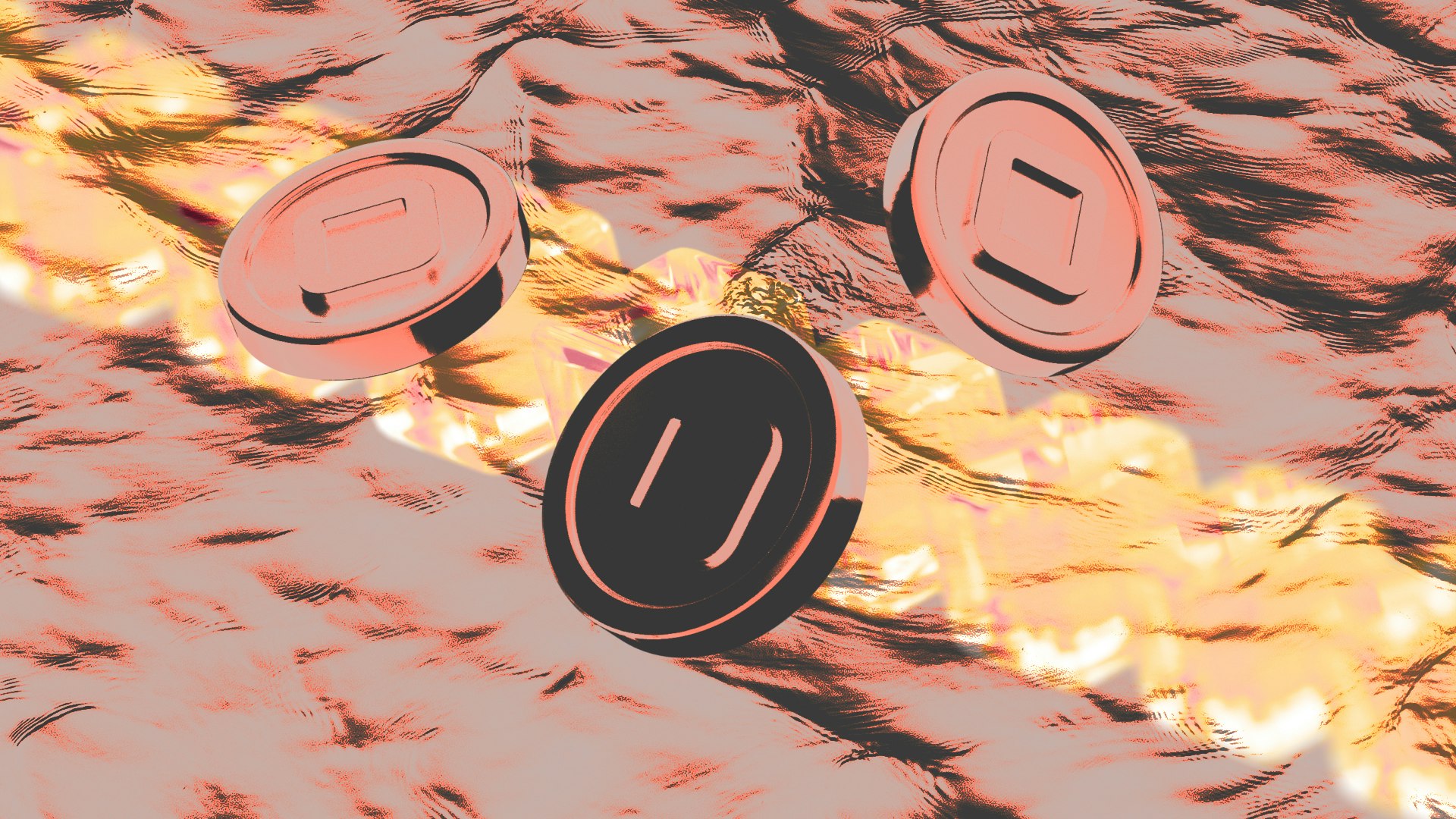Claim your free €20 Bitcoin bonus now! Just verify your ID. Weekly payouts every Friday! Don't invest unless you're prepared to lose all the money you invest.
Crypto Exchange of the Future: What Will They Look Like in 2030?
The crypto exchange of the future is coming at us fast. But what will it look like?
In this article...
- If you think blockchain tech is impressive now, hold on to your hat
- Future crypto exchanges will do so much more
- Here's how we think the crypto exchange of 2030 will operate.

With technology evolving at breakneck speed, the crypto exchange of 2030 will probably bear little resemblance to the ones of today.
So what will be the key developments that will define the next generation of crypto exchanges?
Here’s what we think might happen by 2030.
Intensely-personalised trading environment
Tomorrow's exchanges may integrate AI to create deeply personalised trading experiences. Machine learning algorithms could analyse each user's risk tolerance, trading history, and financial goals to customise interfaces, suggest optimal trading strategies, and even automate portfolio rebalancing.
These systems will potentially be able to adapt in real-time, learning from user behaviour to continuously refine their recommendations.
Seamless cross-chain interoperability
The isolated blockchain ecosystems of today may give way to effortless cross-chain trading. In fact this is already in motion at .
Cross-chain smart contracts, and interoperability across blockchains will likely mature to the point where users can trade assets across multiple blockchains without even realising they are trading across multiple ecosystems.
Users will simply select the asset they want to exchange, and the crypto exchange will automatically handle the cross-chain logistics, presenting a unified interface regardless of which blockchains are involved.
Integration with traditional finance
The lines between crypto exchanges and traditional financial platforms could blur. Major investment banks, payment processors, and stock exchanges might acquire crypto exchanges or build their own integrated solutions.
This integration could extend beyond simple trading.
-There might be seamless conversion between cryptocurrencies and traditional assets.
-There may be crypto-collateralised loans.
-Tokenised versions of traditional securities might appear frequently.
-There could be customers accounts that handle both crypto and traditional assets.
Enhanced security through quantum-resistant cryptography
As quantum computers get better, they could the security systems we use now to keep crypto safe.
To fix this, the average cryptocurrency exchange or other crypto platforms will probably start using new, tougher security methods that quantum computers can’t crack.
Similar to all websites employing HTTPS encryption, such as those used for online banking, blockchain technologies will need an upgrade to quantum-resistant encryption algorithms.
Crypto exchanges will also be required to implement these advanced security measures to maintain the integrity and confidentiality of their transactions in the face of emerging quantum computing capabilities.
Real-world asset tokenisation marketplaces
Exchanges will evolve beyond pure cryptocurrency trading to become marketplaces for .
Everything from real estate and to intellectual property might be represented as on-chain assets, dramatically expanding the uses of these platforms.
The tokenised assets may be fractionalised. This may allow smaller investors to own portions of previously inaccessible investments.
Smart contracts might automatically handle dividend distributions, voting rights, and other ownership privileges, and automated insurance claim payouts.
User experience focus
By 2030, we expect the user experience to be the focus of the average crypto exchange. Today’s exchanges can have complex charts and jargon-heavy interfaces.
Tomorrow’s platforms will probably feel more intuitive, even to novices.
Gamification aspects may be introduced, like leaderboards, rewards for learning, or streaks for consistent trading.
In-built regulation
The regulatory problems of today may be overcome. Exchanges may be built with compliance at their core. Regulatory technology ("RegTech") could be embedded into exchange architecture, automatically ensuring compliance across multiple jurisdictions.
The road to the 2030 crypto exchange
The next generation of crypto exchanges will be more interesting than ever. We may see platforms that are high-tech yet human-centric, and global yet compliant.
As blockchain technology matures, money can be borderless and transparent. These platforms may create a more efficient global economic system.

Suggested Articles
ASI Merger: What is Happening With Fetch.ai (FET)?
Three AI companies have merged, but what does it mean for you?What is an Altcoin? What are Altcoins for?
The term altcoin is derived from two words: “alternative” and “coin.” It refers to any cryptocurrency other than Bitcoin.Bitcoin Mining Scam: What to Look Out For
The Bitcoin Mining Scam is a new online threat coming at us. Our compliance expert explains another sophisticated scam to look out for.Browse by topic

CoinJar Europe Limited (CRO 720832) is registered and supervised by the Central Bank of Ireland (Registration number C496731) for Anti-Money Laundering and Countering the Financing of Terrorism purposes only.
Apple Pay and Apple Watch are trademarks of Apple Inc. Google Pay is a trademark of Google LLC.
This site is protected by reCAPTCHA and the and apply.